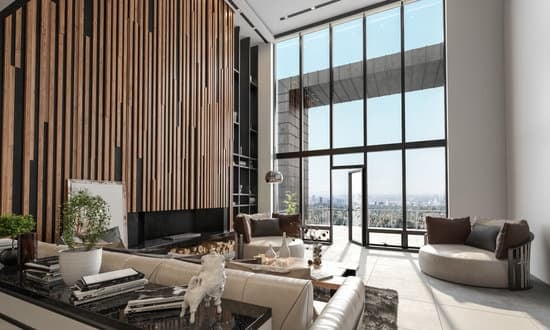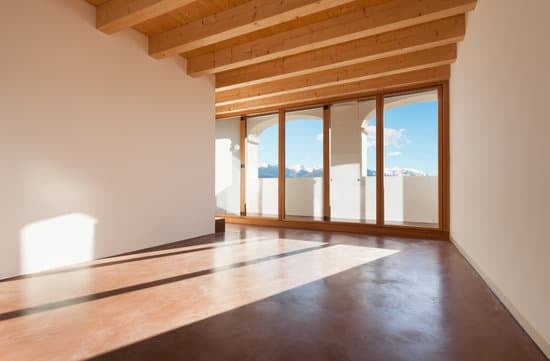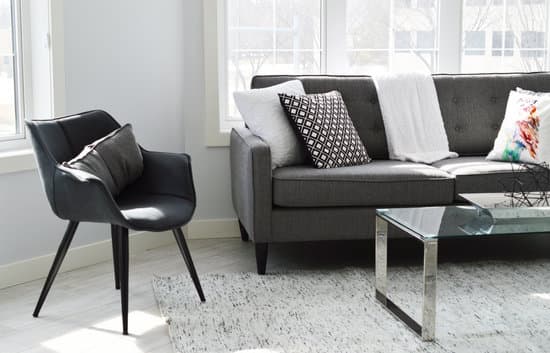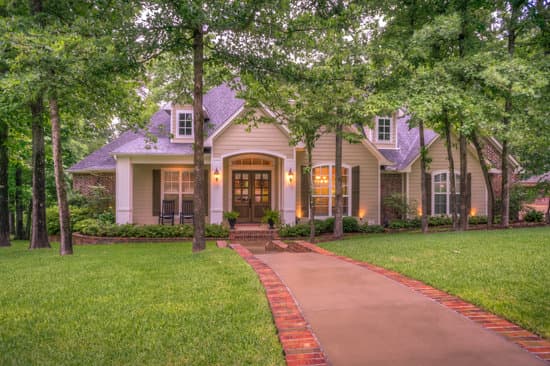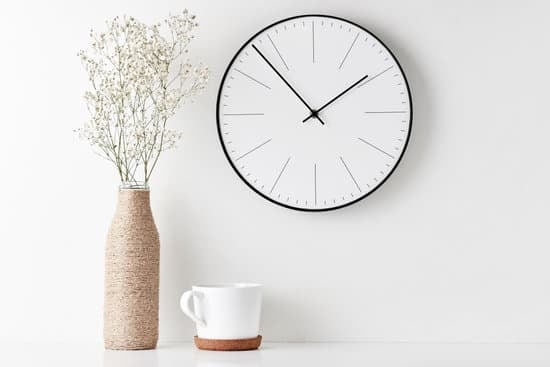The Origins of Greek Revival Interior Design
Greek Revival interior design dates back to the 18th century, when European architects began to study ancient Greek architecture. It was during this period that many interior decorators and designers began to appreciate the beauty and simplicity of Greek art and architecture, and incorporated it into their designs. Greek Revival interior design is characterized by a focus on proportion, symmetry, and simplicity. These elements are combined with a love of classical motifs, including column friezes, cornices, and urns. Greek Revival architecture and interior design are based on the designs of ancient Greece, specifically on the Doric, Ionic and Corinthian styles.Identifying Key Features: Low-Pitched Roofs and Elongated Pediments
One of the key features of Greek Revival architecture is the low-pitched roof. This style was inspired by the Greek temple, which had a flat roof made of stone slabs. In addition to the low-pitched roof, Greek Revival designs also feature an elongated pediment that is triangular over the porch entrance. This gives the design a sense of grandeur and elegance.The Importance of Doric, Ionic, and Corinthian Columns
Another hallmark of Greek Revival interior design is the use of classical columns. The three main column styles used in Greek Revival design are the Doric, Ionic, and Corinthian columns. Each column style has its own unique characteristics and can be used to create different moods in a space. The Doric column is the simplest of the three styles and is known for its masculine feel. It has no base and features a plain, straight shaft topped with a simple capital. The Ionic column is more ornate than the Doric, with a base and a capital decorated with volutes or scroll-like motifs. The Corinthian column is the most ornate of the three styles and features a capital adorned with acanthus leaves.Greek Revival Architecture in America
Greek Revival architecture has had a significant impact on American architecture and interior design. Many of the most famous structures and homes in America are influenced by Greek Revival architecture. Some of the most well-known examples include the White House, the Lincoln Memorial, and the U.S. Capitol Building. Greek Revival architecture also had a profound impact on the design of American homes in the 19th century. Homeowners were attracted to the simple, elegant beauty of Greek Revival design, and builders began incorporating the style into their home designs.The Role of Greek Revival in American Interior Design
Greek Revival interior design has remained popular in America for over 200 years, largely due to its timeless beauty and simplicity. It can be used in a variety of settings, from traditional to modern, and is versatile enough to work in any room of the home. Greek Revival design is especially popular in southern and coastal homes, where the warm climate and breezy settings make it the perfect design style. It is also a popular choice for historic homes and buildings, as it helps to capture the essence of a bygone era.Decorating with Greek Revival Style: Tips and Tricks
If you are looking to incorporate Greek Revival style into your home, there are a few key tips and tricks to keep in mind:- Focus on proportion and symmetry.
- Incorporate classical motifs such as column friezes, cornices, and urns.
- Use a neutral color palette with pops of deep, rich colors like navy or red.
- Incorporate plenty of natural light to capture the essence of the Greek temple.
- Consider using marble or stone for flooring and countertops.
Examples of Greek Revival Interior Design in Modern Homes
Greek Revival Interior Design remains popular in modern homes. Many designers continue to draw inspiration from Greek architecture and incorporate it into their designs. Some examples of modern homes with Greek Revival interiors include:- A grand southern home with tall columns, a low-pitched roof and a sweeping staircase leading to the front door.
- A cozy, modern farmhouse with a white column standing in the front yard and interior design elements inspired by Greek motifs such as black and white checkered tile and an Ionic chandelier.
- A beachside bungalow with a blue and white color palette, open floor plan, and Greek Revival columns on the porch.










